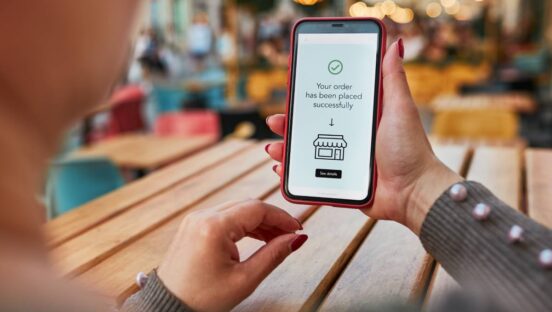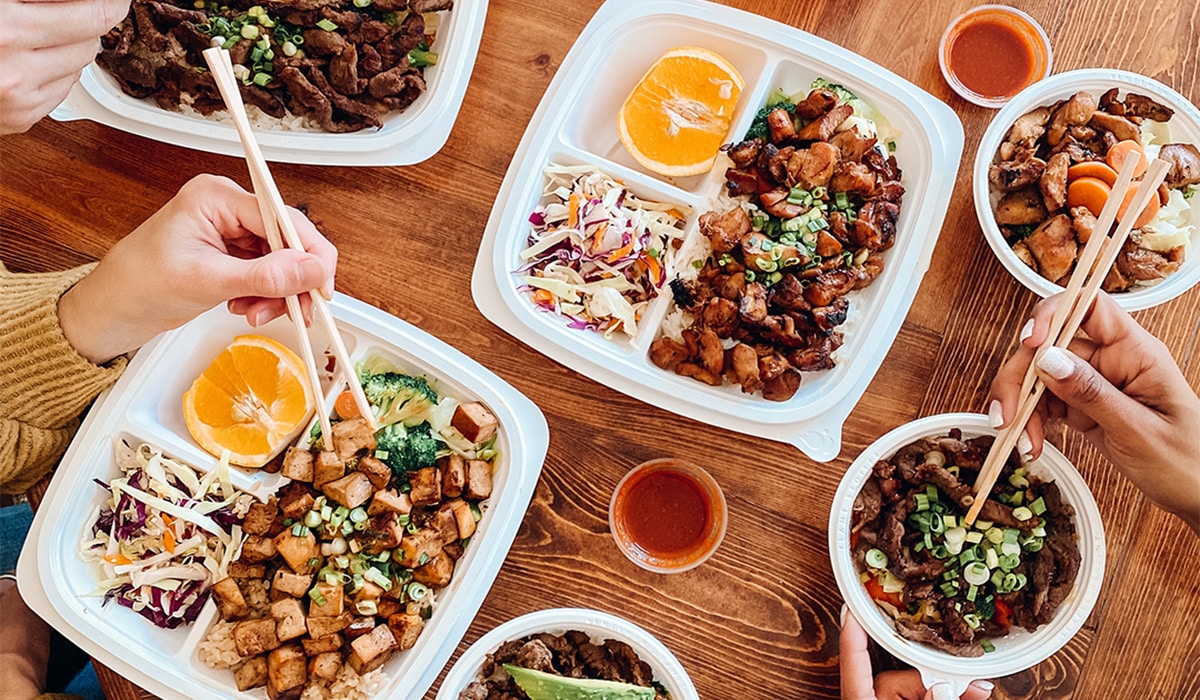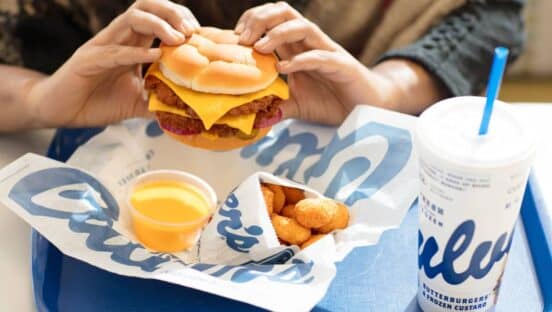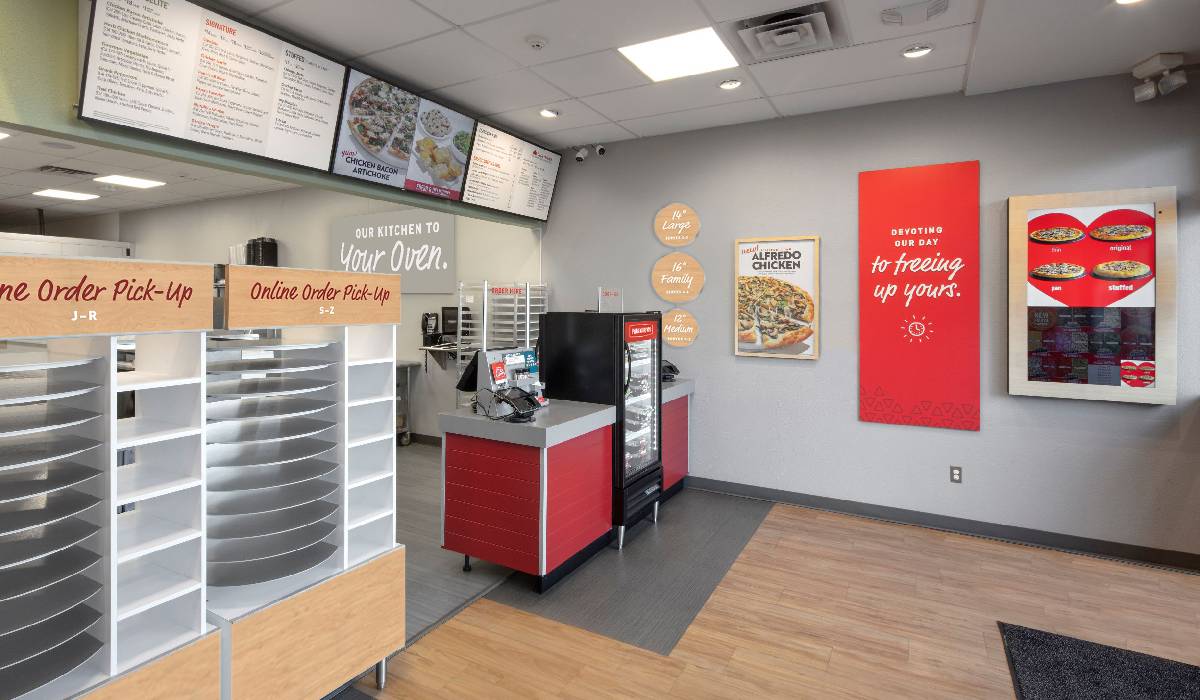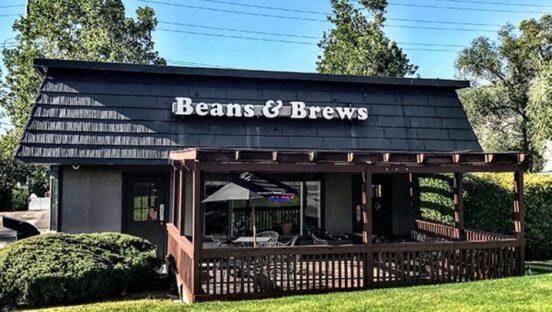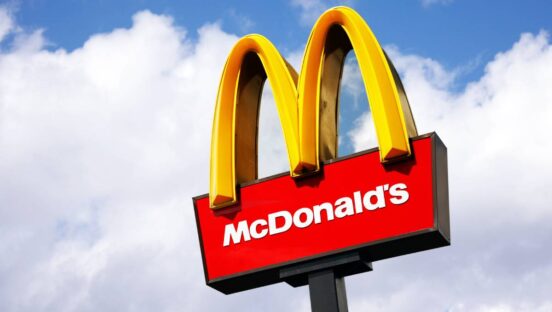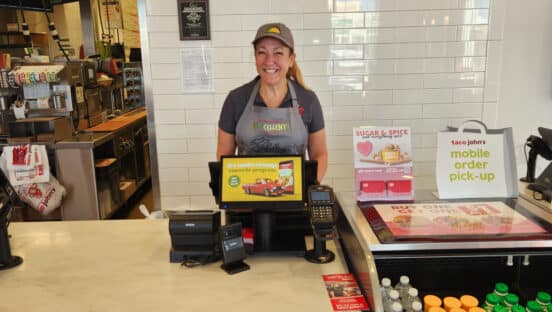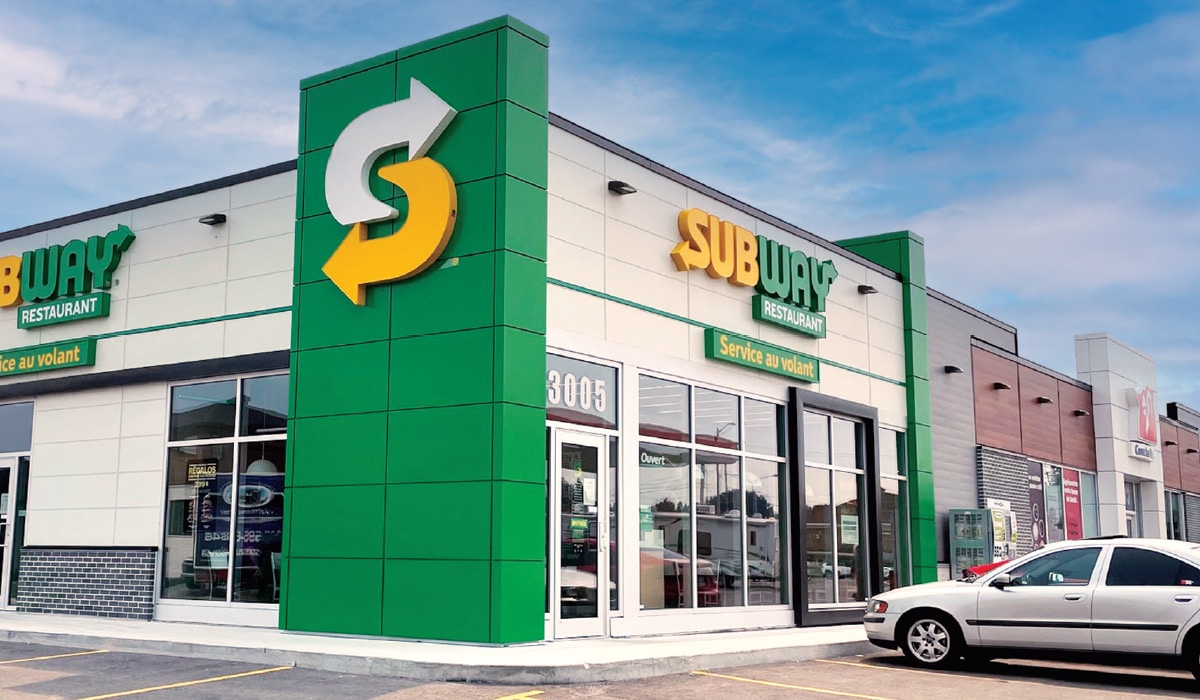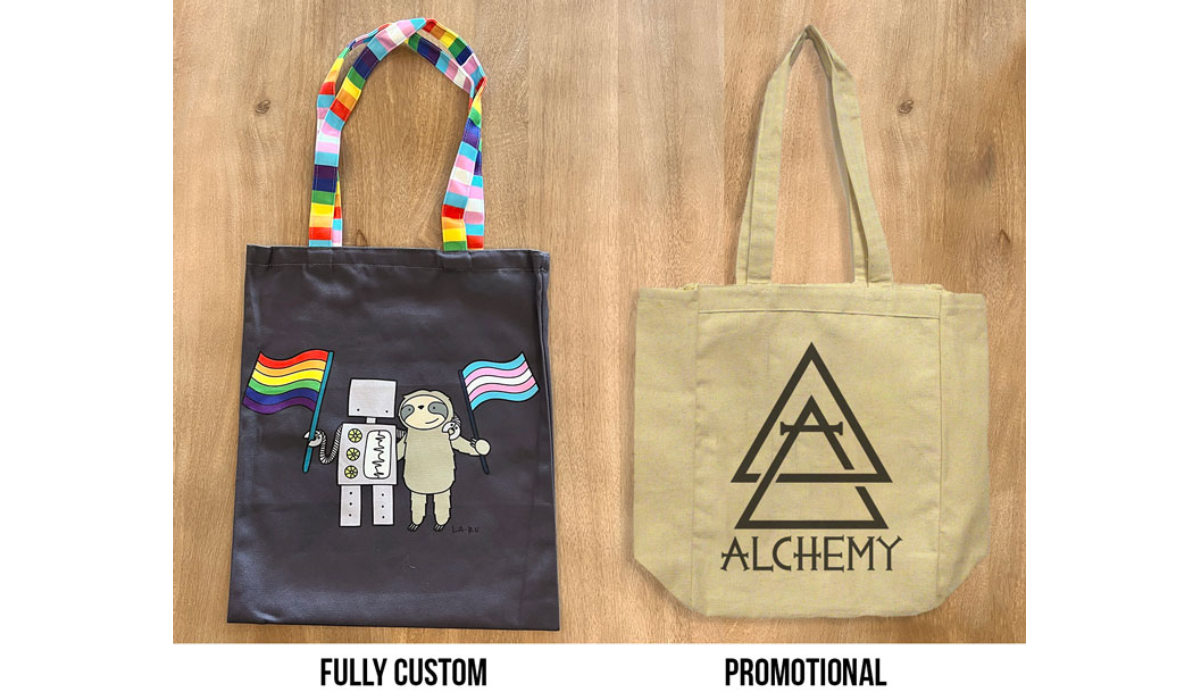Throughout the turmoil of the COVID-19 pandemic, no business has gone unscathed. Just about every company in America watched in late March as sales plunged and consumer trust evaporated, and the recovery efforts have forced business owners to reinvent their operations on the fly—to mixed results.
Some companies, however, found themselves more equipped than others to handle the crisis. Take Yum! Brands, the largest restaurant company in the world: Due in part to the magnitude of its business, Yum has been able to not only rebound quickly from the pandemic’s mid-spring depths, but it’s also been able to position the company for even brighter days ahead. With more than 50,000 locations worldwide spread across three of the biggest international restaurant chains—Taco Bell, KFC, and Pizza Hut—as well as The Habit Burger Grill, which was acquired this year, Yum was uniquely positioned to respond to the global crisis. That’s especially due to its large presence in China, where effects of the pandemic were first experienced.
“We had a lot of advanced warning,” says David Gibbs, who was promoted to the role of Yum CEO in January. “We were talking to the folks on the ground in China trying to understand what was going on and what the implications were. Then [we were] really trying to judge, was it going to spread, and how quickly? And how would we react?”
Though no one knew exactly how the pandemic would play out, this advanced warning gave Yum the notice it needed to craft responses for the U.S. and abroad while other brands were still grappling with the difficulty of operating in a global crisis. Yet despite this crucial advantage, Yum and each of its brands were not without challenges. Perhaps chief among them was the fact that the company was in the midst of major transitions when COVID-19 first began spreading in the U.S.
Along with Gibbs having just recently risen to the level of CEO, Taco Bell CEO Mark King only joined Yum in August 2019. And though Kevin Hochman had served as president and chief concept officer of KFC U.S. since 2017, he was also named interim president of Pizza Hut U.S. and tasked with leading the brand’s turnaround just this February. Additionally, Yum had only finished acquiring California-based The Habit Burger on March 18—just one day after San Francisco and the larger Bay Area became some of the first cities to impose lockdown orders to combat the spread of COVID-19.
READ A ONE-ON-ONE Q&A WITH YUM! CEO DAVID GIBBS
While these leaders would typically take several months to fully learn the business—or, in the case of The Habit, how that brand might fit into the larger organization—the pandemic accelerated all of their timelines. All of them had to not only train rapidly, but also quickly address the growing list of challenges facing restaurants amid the pandemic. Meanwhile, at the height of restaurant closures, 11,000 global Yum restaurants were closed due to lockdown orders. And restaurants that were still open faced new consumer demands.
“Customer behavior changed significantly at a rate you never see once in a career,” Hochman says. “Many people stopped going to work, which changed their eating behavior. People started eating at a table together at home more than they had in the prior 30 years, and ordering more family-sized meals. Unemployment rose quickly. Our menu offerings, pricing, and operations had to change overnight to keep up.”
So how exactly did a brand in the midst of such large leadership changes manage to stay afloat during such international turmoil? Gibbs says the brand’s key strategy was to use an abundance of caution in crafting its response, reaching as far back as February when Yum decided not to hold its global franchise convention in Singapore, and later as it decided to close its stores.
“The principle then was, [if we’re] being overly cautious, you wouldn’t regret it nearly as much as in taking unnecessary risks,” he says. “This is a situation where risks are not rewarded. You can take risks when it comes to things like new ways of ordering and implementing new procedures that are going to protect the customer. That may not be 100 percent perfect from day one, but we know we’ll protect the customer. But we weren’t going to take risks with our employees and their safety, so closing stores was just an unfortunate outcome of this.”
Restaurants started reopening in May, and as of June, closures were down to half what they were at their peak. Today, closures have slid to fewer than 2,500 units, meaning Yum is back to 95 percent coverage.
But the company is still working on ways to improve operations during the crisis. In order to do so, Gibbs instituted daily conversations between himself, Hochman, King, and Russ Bendel, CEO of The Habit Burger, to improve inter-brand communication. Together, the leaders discuss what is happening in each chain and what they have learned that can be applied to other brands.

“Our goal was to figure out how to increase collaboration between the brands,” Hochman says. “With four brands operating locations in over 150 countries, we can take so much knowledge from one brand in one country and apply that system-wide. Our franchisees appreciate that this is a next-level advantage most companies don’t have.”
This kind of communication has allowed each brand to evolve quicker than they might have if they operated separately. For example, each has a different strength in terms of how customers get their food. While Taco Bell and KFC both do most of their business through the drive thru, Pizza Hut is best known for delivery and carryout service. Meanwhile, out of The Habit Burger’s 280 locations, only 52 operate drive thrus, yet lessons from those drive-thru stores influenced the way all the brands handle off-premises dining through the use of an app that prints tickets inside stores once guests arrive to pick up orders.
“When we heard about that, we said, ‘Why can’t Pizza Hut do the same?’” Hochman says. “We now have a ticket that prints out and says guests have arrived so that they don’t have to call and wait for a team member to answer the phone. This is also a huge relief to staff, who don’t have to stop what they are doing to answer.”
THE COVID-19 ROAD FOR YUM! SO FAR:
Yum!’s Digital Business Has Gained Over $1 Billion (latest quarterly report)
Taco Bell to Trim Menu Nationwide on August 13
KFC’s Plant-Based Chicken is Headed to Southern California
Yum! Unveils $100 Million Plan to Combat Inequality
1,200-Unit Pizza Hut Franchisee NPC Declares Bankruptcy
Yum! Sales Gain Momentum, Set New Heights
Taco Bell to Hire 30,000 People in Coming Months
KFC to Provide $500,000 Worth of Groceries to Employees
At One Point During COVID-19, Yum! Had 11,000 Closed Restaurants
Taco Bell Wants to Become the Safest Place to Eat
Yum! Brands Has 7,000 Restaurants Closed Globally
Each brand has also prioritized internal communication, particularly with franchisees. With more than 2,000 franchisees in the Yum system, these partners make up a significant portion of the business, and opening channels for discussion and feedback has been a critical step in gaining their support for new safety procedures.
“At Taco Bell, we have over 350 franchisees that all have their own opinions on how to handle this situation,” King says. “While it’s really necessary to be aligned at the Yum level with [four] brands, it’s also critical to be aligned with the franchise community.”
King says that throughout the pandemic, he’s had daily—and sometimes twice-daily—calls with the president of Taco Bell’s Franchise Management Advisory Council to discuss how to best roll out safety measures or simplify the menu to support store teams. Yum also lobbied the government for small-business aid on behalf of franchisees, in addition to offering financial advisors to assist them in applying for loans and providing financial advice.
Additionally, Yum set up a COVID-19 “core crisis team” to provide benefits to support franchisees who are struggling financially throughout the pandemic.
“We provided grace periods on royalties for those that needed them and deferrals on capital investments,” Gibbs says. “We made sure [franchisees] knew we would be there for them, and we would get through this as partners.”
Like much of the industry, each Yum brand has implemented new safety procedures that reduce touchpoints. King says Taco Bell, which already conducted 70 percent of its business through the drive thru, now features contactless payment, employees wearing masks, and food being delivered through the window on trays to minimize contact.
“Anytime big changes such as the pandemic happen, customer behavior changes, too,” Hochman says. “If you can get ahead of that behavior, you can win market share, so one of our top priorities has been letting customers and team members know that we have the safest restaurants in town.”
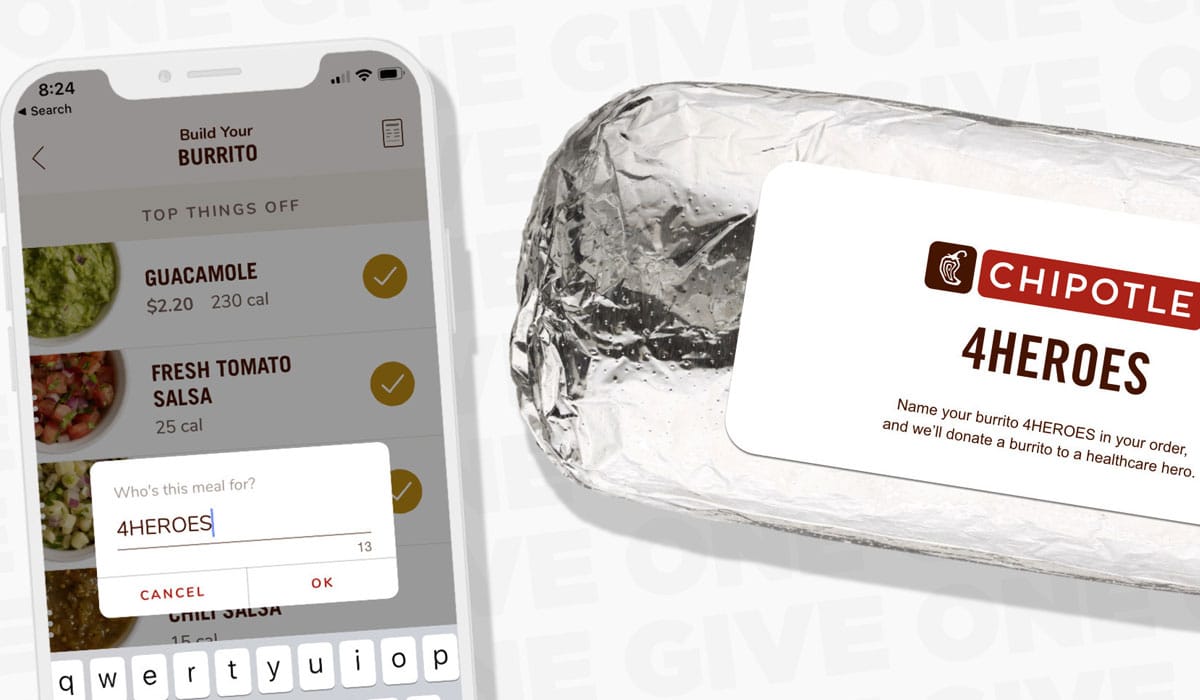
At KFC, that enhanced safety has included increased sanitation, new social distancing plans, and counter shields. At Pizza Hut, Hochman says the priority has been making carryout service safer.
Meanwhile, Bendel says many Habit Burger stores that didn’t already have a traditional drive thru due to space constraints have set up popup drive-thru systems in empty parking lots surrounding their buildings so customers could pick up food without leaving their cars. The brand has also partnered with third-party aggregators for delivery service.
“Providing an elevated customer experience in the quick-service burger space has always been one of our strengths,” Bendel says. “But as we come out of this pandemic, people’s habits will be adjusted. We believe they will migrate back to dining rooms, but these other total access channels will continue to be strong, and we think we’ve made a lot of progress in becoming accessible to customers.”
This accessibility has proven to be paramount in reaching customers who are now choosing to dine at home more often than they did before. Hochman says that when the pandemic first started, he told franchisees that the situation resembled Thanksgiving, when restaurants that are open lose sales simply because consumers don’t know which locations are operational.
“Even if stores were open, guests don’t necessarily know they are, so we’ve made sure our signage at the store level and our TV and digital advertising all tell guests that we’re open,” he says.
For drive-thru-driven KFC, this meant expanding the brand’s reach through digital properties. Hochman says that though stores do use third-party aggregators, the digital ordering platform at KFC.com, which launched last October, has quickly become the brand’s most successful channel.
At The Habit Burger, the pandemic response has looked similar to other brands, but Bendel says the economic support the burger chain has received from Yum has been one of the biggest advantages of joining the massive company. For example, he notes that Gibbs gave up his salary for a year to issue one-time $1,000 bonuses to all general managers at company-owned restaurants while Yum also supported The Habit in giving frontline employees “hero” bonuses.
“Being part of Yum, we have not furloughed or laid off one individual despite the devastating effect this pandemic has had on the industry,” Bendel says. “We have been able to focus on keeping restaurants open in a safe manner and keeping our team members working.”
Additionally, Bendel notes that Yum’s food-safety expertise and ability to procure protective equipment for staff and guests has been a major part of The Habit Burger’s ability to support its guests and team members. Though managing the COVID-19 pandemic was not part of the plan Bendel had when The Habit was acquired, he is still excited about the support the burger chain will receive as part of the organization, particularly via Yum’s global franchise network.
“KFC, Pizza Hut, and Taco Bell are all mega global brands, and today we have nearly 300 locations, including a few international partners,” Bendel says. “Yum sees a lot of opportunity for The Habit to grow from the baby brand we are today into a meaningful contributor to Yum domestically and internationally, though we’ll focus on domestic opportunities first.”
Now, more than halfway through 2020, the industry outlook for the rest of the year and into 2021 is still uncertain, but leaders at each Yum brand are still making plans for the future of their chains.
For all Yum brands, menus are likely to have strong value propositions for the foreseeable future, especially Taco Bell, which has long enjoyed a reputation as an economical pick among diners. King says Taco Bell also expects to continue development of its mobile strategy and is considering a new restaurant format that prioritizes dual drive-thru and pickup lanes and reduces the size of dining rooms.
“Overall, we’re still really bold,” he says. “In the beginning of the year, we said we could be a $20 billion system, and we still believe that.”
Meanwhile, Hochman says KFC is working on achieving a seventh straight year of same-store sales growth, and Pizza Hut wants to “reclaim being America’s No. 1 pizza brand” by focusing on great-tasting food and a frictionless dining experience.
Regardless of what plans Yum Brands has in place, Gibbs notes that the priority for Yum has been and will continue to be taking care of guests and team members.
“We know if we take care of them, our franchisees and their businesses will survive,” he says. “And our brands will come out of this stronger.”


